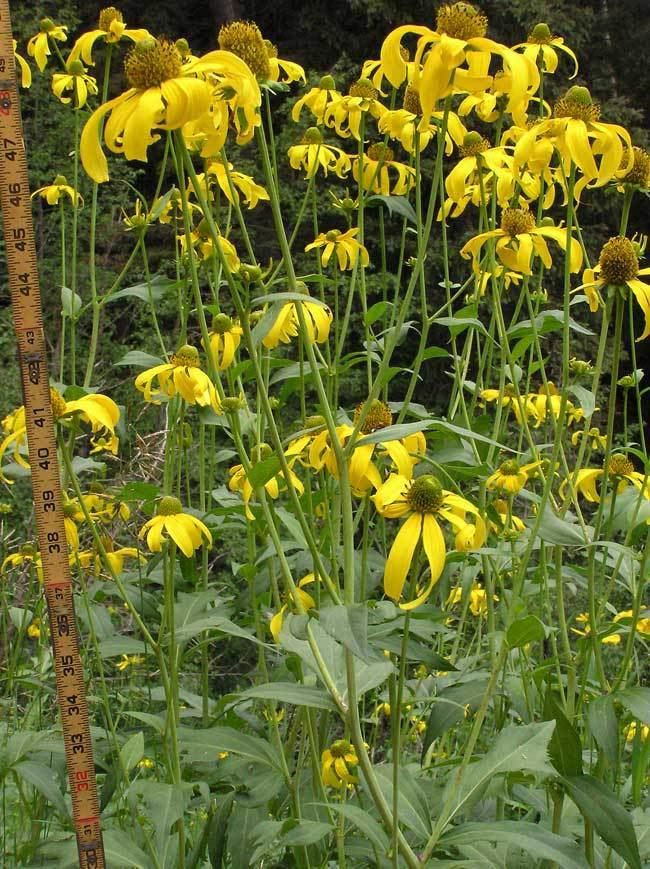Higher classification Coneflowers | Scientific name Rudbeckia laciniata Rank Species | |
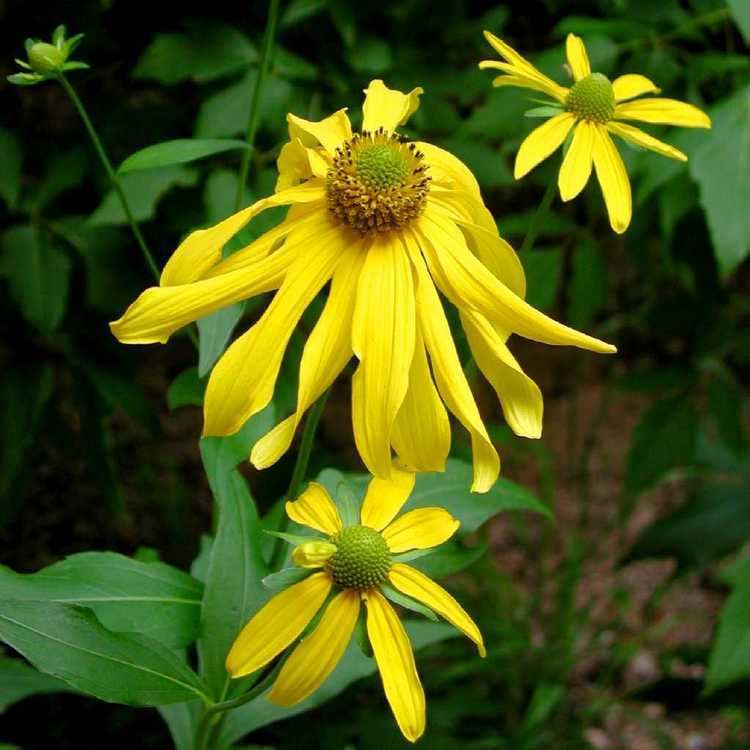 | ||
Similar Coneflowers, Daisy family, Blackeyed Susan, Rudbeckia fulgida, Coreopsis lanceolata | ||
Rudbeckia laciniata is a species of flowering plant in the sunflower/daisy family Asteraceae, native to eastern North America, most often found in flood plains and moist soils.
Contents
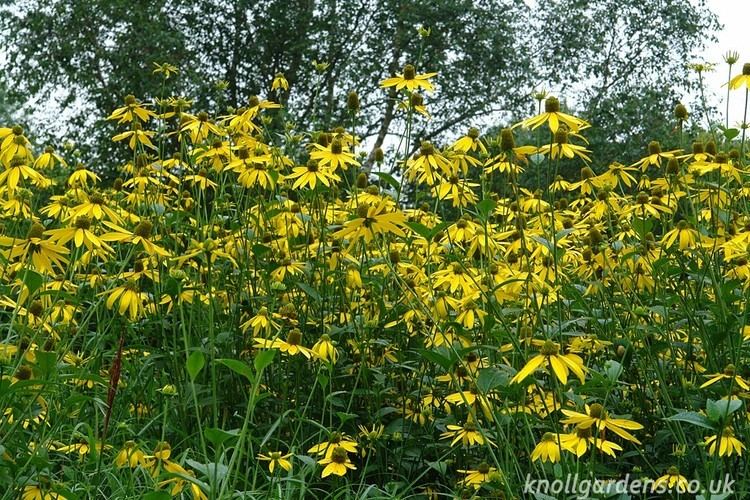
Description
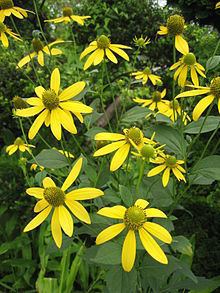
It is an herbaceous perennial growing up to 3 m (10 ft) tall, with slightly glaucous leaves, and composite flowers in late summer and autumn (fall). The disc flowers are green to yellowish green, while the rays are pale yellow.
Names
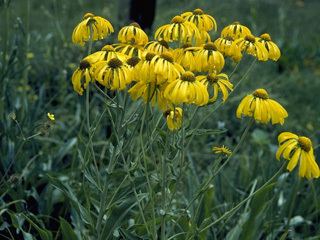
Common names include cutleaf, cutleaf coneflower, goldenglow, green-headed coneflower, tall coneflower and thimbleweed (note that several other plant species are also known as thimbleweed).
The specific epithet laciniata refers to the pinnately divided leaves.
Cultivation
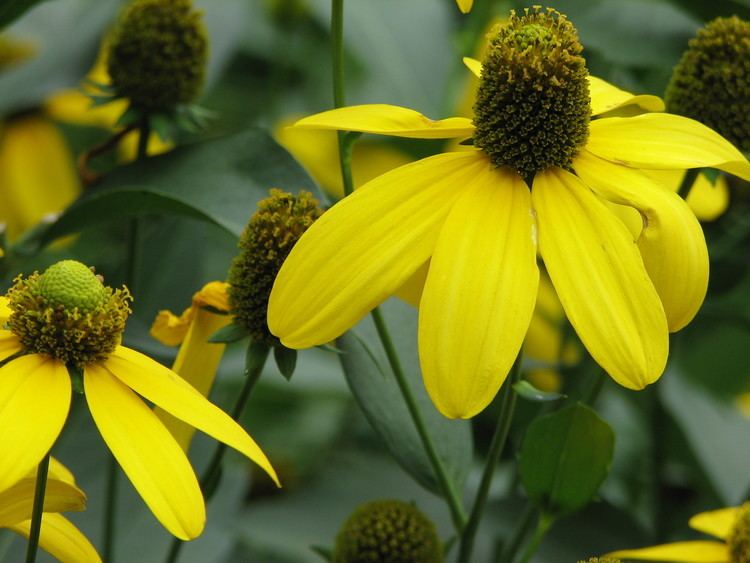
Rudbeckia laciniata is widely cultivated in gardens and for cut flowers. Numerous cultivars have been developed, of which 'Herbstsonne' ("Autumn sun") has gained the Royal Horticultural Society's Award of Garden Merit. However, the Lady Bird Johnson Wildflower Center notes that " Because it spreads rampantly by underground stems, cut-leaf coneflower is only appropriate for large sites."
Uses
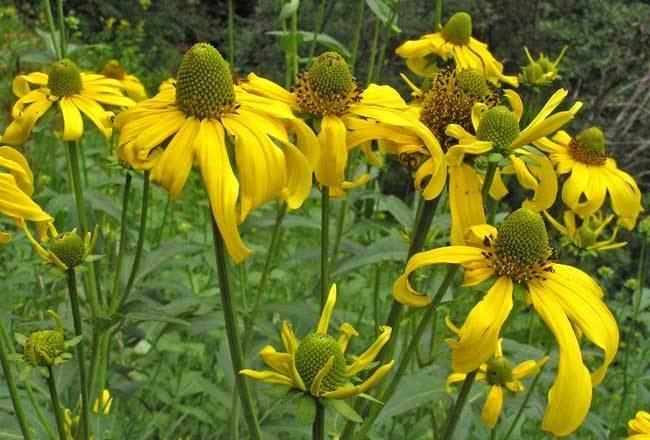
Traditionally, the young leaves have been gathered from the wild and eaten in the early spring. They are greatly favored as a potherb (cooked). Though some references state the use of this plant as salad greens (raw), traditional use is as cooked greens. This is assumed to be done to remove toxins. However, there is little evidence of their presence. One report cites circumstantial evidence of poisoning to horses, sheep and pigs.
